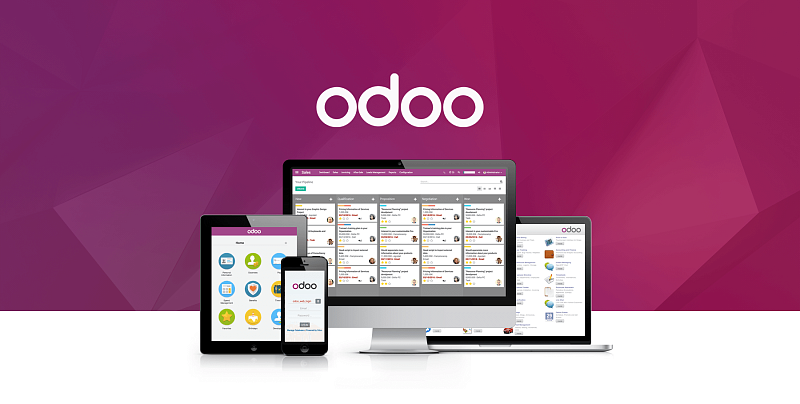If you’re an Odoo consultant looking to enhance your clients’ reporting capabilities, generating XLSX reports can be a game-changer. Imagine the ability to transform complex data sets into easily digestible spreadsheets that empower decision-making. In Odoo 18, this process is not only straightforward but also highly customizable. Whether you’re dealing with sales data, inventory statistics, or customer insights, creating tailored reports can significantly improve efficiency and clarity.
In this guide, we’ll walk you through the essential steps for generating XLSX reports using controllers in Odoo 18. You’ll learn everything from setting up your environment to testing and debugging your report functionalities. Get ready to elevate your reporting skills and provide even greater value as an Odoo consultant!
Understanding the Role of Controllers in Odoo 18
Controllers play a crucial role in Odoo 18, acting as the bridge between user requests and the backend logic. They handle incoming HTTP requests and decide how to respond based on defined routes.
By directing traffic within your application, controllers help manage data flow efficiently. This is essential for rendering views or generating reports like XLSX files. Understanding their functionality allows you to customize your applications effectively.
Moreover, controllers can process input from users and trigger specific functions based on that data. This capability opens up endless possibilities for tailored solutions that meet diverse business needs.
In essence, mastering controllers helps enhance the overall performance of your Odoo applications while providing a seamless experience for end-users.
Setting Up the Environment for XLSX Report Generation
Setting up the environment for XLSX report generation in Odoo 18 is a crucial step. First, ensure you have the necessary libraries installed. The `openpyxl` library is essential for creating and manipulating Excel files.
Next, check your Python environment. It should be compatible with Odoo’s requirements to avoid any conflicts. Using a virtual environment can help isolate dependencies effectively.
Configure your Odoo instance properly by enabling developer mode. This allows you to access tools that facilitate easier debugging and functionality testing.
Make sure your database has required permissions set correctly for accessing data needed in reports. An adequate understanding of models and fields will streamline this process significantly.
Test connectivity between your server and client machine if they are separate entities. This ensures seamless execution during report generation without unexpected interruptions or errors.
Creating a Custom Controller for the XLSX Report
Creating a custom controller for your XLSX report in Odoo 18 is an exciting task that enhances data handling. Start by defining your controller within the relevant module. This involves extending the `http.
Controller` class.
Next, use decorators to define routes and methods that will handle incoming requests. The `@http.route()` decorator is essential here, allowing you to specify URL endpoints for your report generation.
Inside the method, gather and process any necessary data from models. This ensures the information included in your report is accurate and relevant.
Remember to set response headers correctly so that browsers recognize it as an XLSX file. Using `request.make_response()` simplifies this by automatically setting content-type headers.
With this setup complete, you’re ready to dive into defining specific logic tailored for generating dynamic reports based on user needs or business requirements.
Defining the XLSX Report Logic
Defining the XLSX report logic is crucial for generating meaningful data outputs. Start by identifying the key metrics and variables you want to include in your report. This step ensures that the information presented aligns with user needs.
Next, think about how you’ll structure this data within the spreadsheet. Organizing it into clear sections improves readability and usability. Group related information together; consider adding headers or categories for better navigation.
You also need to implement formulas if necessary. These can help automate calculations directly within the Excel file, streamlining workflows further.
Ensure that your model reflects real-time data from Odoo’s database. This connection allows users to generate reports based on up-to-date insights without manual intervention each time they run a report. By focusing on these elements, your XLSX reports will be both functional and insightful.
Routing and Access Control for the Report
Routing in Odoo ensures that requests for your XLSX report are directed to the correct controller. To set this up, you need to define a route using the `@http.route` decorator. This will specify the URL endpoint that users can access to generate their reports.
Access control is crucial for security and data integrity. Use Odoo’s built-in permission system to restrict who can generate these reports. Define user groups with specific rights in your module’s manifest file.
When implementing access controls, consider both read and write permissions based on user roles. This way, only authorized personnel can trigger report generation, safeguarding sensitive information from unauthorized access.
Testing routes and permissions during development helps ensure everything functions as intended before going live. Always keep an eye on potential vulnerabilities as you refine your routing logic and access settings.
Testing and Debugging the XLSX Report
Testing and debugging your XLSX report in Odoo 18 is crucial for ensuring accuracy. Start by generating the report with sample data to see if it populates correctly. Check the formatting as well, since a well-structured output enhances readability.
Next, look out for any errors during generation. Common issues might involve missing fields or incorrect formulas. Utilize Odoo’s built-in logging features to track down these problems efficiently.
Don’t forget to test edge cases—different data sets can yield unexpected results. This helps you identify potential bugs that may not surface under normal circumstances.
Engage users for feedback on usability and design aspects of the report. Their insights can reveal areas needing adjustment or improvement that you might overlook.
By methodically testing each component, you’ll ensure a seamless experience when users access their reports within Odoo 18.

